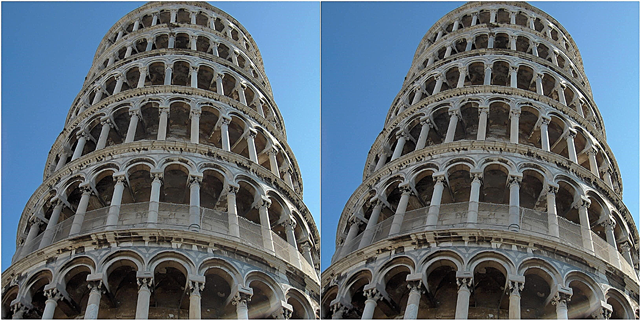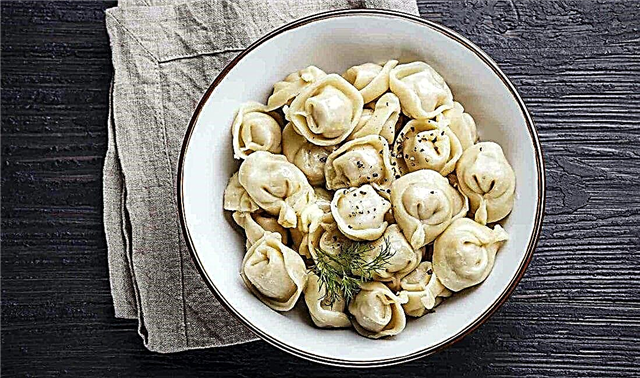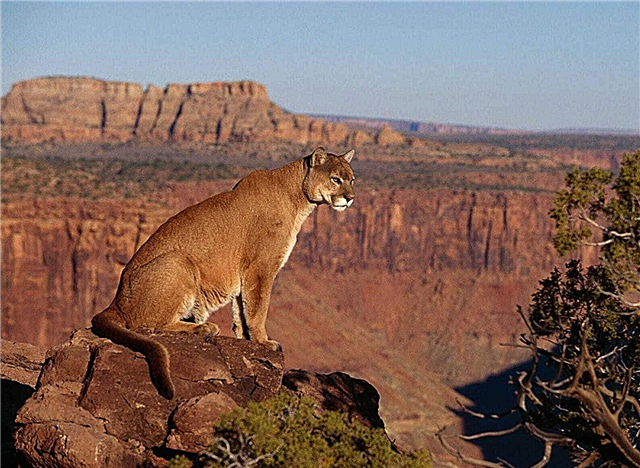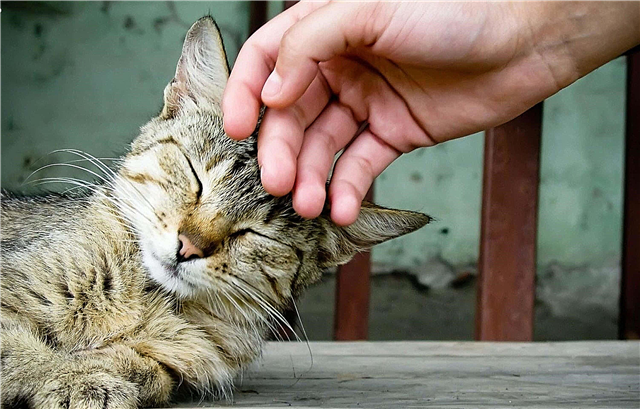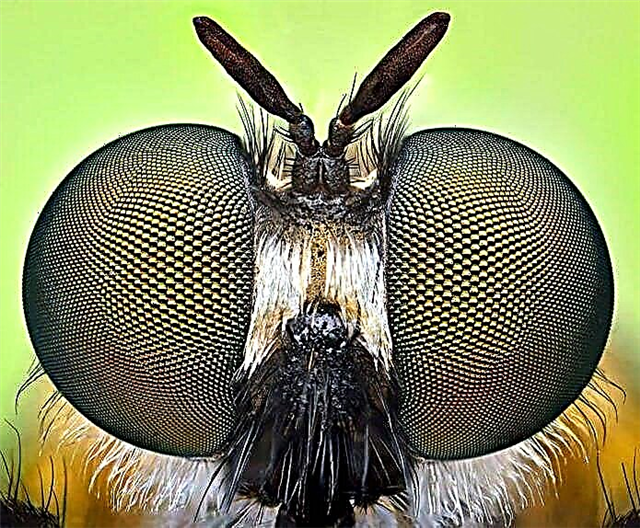
Butterflies are insects that are characterized by large, patterned wings covered with tiny scales. They are conditionally divided into day and night.
Daytime ones, sitting down, fold their wings vertically above their backs, and their antennae (thin) are thin, club-shaped (with a thickening at the apex). Most of all butterflies feed on floral nectar, sucking it with a long soft proboscis.
Types of Day Butterflies
There are unusually many types of butterflies. Here is just a description of some of the most characteristic of Russia.
- Painted lady
- Peacock eye
- Podalirium (tail bearer)
- Lycaena beautiful
- Willow Shelter
- Dawn
- Large mother-of-pearl
- The Draftswoman Phoebe
- Lycaena brown
- Mourning
- Field mother-of-pearl
- Lemongrass
- Shashechnitsa Atalya
- Hives
- Swallowtail
- Admiral
- Lycaena Icarus
- Lycaena bean
Painted lady

The burdock is our usual butterfly. Individuals that appeared at the end of summer in northern Europe fly away to the southern regions for wintering. The pattern on top of the wings seems to be covered with haze. Flies in wastelands and deposits. Caterpillars - on nettles, thistles. Wingspan 5 cm.
Peacock eye

The peacock eye is a very characteristic garden butterfly. Above are red wings with blue eyes encircled by a yellow border. The wings below are almost black. Putting them together, the butterfly becomes completely invisible. Flies in July. It often winters in the attics. Caterpillars are on nettles. Wingspan 6 cm.
Podalirium

Podalirium (tail-bearer) is a large spectacular butterfly, characterized by a quick flight. The wings are light with black stripes; back - with a blue border, a red spot and an elongated tail. Fly from March to September. Caterpillars feed on fruit crops. Wingspan from 8 to 9 cm.
Lycaena beautiful

Polyommatus beautiful - blue wings from above. It is found mainly in the south of Europe, rarely in the north. Wingspan 3 cm.
Willow Shelter

Willow migrant - male wings on top are very bright purple, iridescent, with white spots and a reddish border; bottom the same pattern on a light brown background. The female is dimmer. Flies in the woods in the summer. Look for her near puddles and heaps of manure. Caterpillars are mainly on willows. Wingspan from 7 to 8 cm.
Dawn

Dawn - the front wings of the males are half orange, the hind wings are white with a gray pattern; females have no orange spot. Flies in the spring until May. Wingspan from 4 to 5 cm.
Large mother-of-pearl

The mother-of-pearl is large - red wings with a black pattern, yellow below. Flies in the summer from Europe to Japan. Caterpillars - on violets. Wingspan 6 cm.
The Draftswoman Phoebe

Phasis the draftswoman - red wings, drawn into squares. Europe and North Africa. Caterpillars - on the plantain. Wingspan 5 cm.
Lycaena brown

Brown polyommatus - fly on deposits and wastelands, often gather near puddles. The wings are brown above, light gray below with black dots. Wingspan from 2 to 3 cm.
Mourning

Mourning - from above black wings with a yellow border, in front of which a row of blue spots; the bottom is lighter, and the border is whitish. Caterpillars are on willow and fruit trees. Wingspan from 6 to 7 cm.
Field mother-of-pearl

Field mother-of-pearl - reddish wings with black specks; bottom lighter with silver spots on the rear pair. Flies in May - June on deposits.
Lemongrass

Schisandra - wings with dots. Males have yellow wings, females have greenish wings. Butterflies hibernate. Wingspan from 5 to 6 cm.
Shashechnitsa atalia

Atasia shashechnitsa - wings are reddish from above, outlined in black into squares; the bottom is lighter. Common from Europe to Japan. Flies in the meadows and along the edges. Wingspan from 3 to 4 cm.
Hives

Urticaria is a common butterfly in our area. Above are red wings with black, blue and yellow scallops; the bottom pattern is similar, but less clear and darker. Like the peacock eye, it often winters in the attics. Caterpillars appear and live on nettles. Wingspan 5 cm.
Swallowtail

Swallowtail is a large, easy-to-see butterfly.The wings on top are yellow with a black pattern, as well as with a blue stripe and a red spot on the caudate posterior pair. The flight is fast. Resting on wildflowers and alfalfa. It occurs from April to September. Wingspan from 7 to 8 cm.
Admiral

Admiral - the wings are brown from above, the hind - with a red rim, and the front - with the same “bandage” and white spots; underneath light brown, spotty. Butterfly migratory; appears in our area in the spring. Wingspan from 5 to 6 cm.
Polyommatus icarus

Polyommatus icarus is common in meadows and fallows everywhere where they are not zealous with insecticidal treatments. The male has blue wings from above, and the female has brown wings. Flies from spring to autumn. Caterpillars - on clover. Wingspan 3 cm.
Lycaena bean

Lycaena bean - the wings from above on males are purple with a black border, and on the female are brown. Prefers rocky places and meadows, especially in wooded areas. It occurs from April to June from Europe to Siberia. Caterpillars - on leguminous plants like broom. Wingspan 3 cm.
A wealth of butterfly colors

The wings of butterflies are covered with scales that can be viewed in a magnifying glass. They give insects their magnificent color. However, in the magnifying glass you can see black, brown, red, yellow scales and not find blue, green, with a metallic sheen. But this color is quite common with butterflies! The fact is that some flakes lack pigment, they are colorless, but reflect a certain part of the light spectrum (shimmer), due to their uneven surface.
Cheesecake and cheese
Willow migrant - the butterfly is bright, but it is not easy to notice it, because it is kept in the crowns of large trees, rarely appearing in the open. A great way to lure her from there by grabbing a slice of spicy Camembert cheese in the woods in the summer. It should be put on the path, left and returned to this place after a couple of hours.
An enviable appetite
Adult butterflies eat little and feed mainly on nectar, while some species eat nothing at all. But their larvae - caterpillars - constantly bite something, sometimes causing significant damage to the economy. It is very interesting to watch them (many are beautifully colored), but it’s better not to touch the furry caterpillars - their hairs burn like nettles. True, only touching the caterpillars of the oak silkworm is really dangerous.

